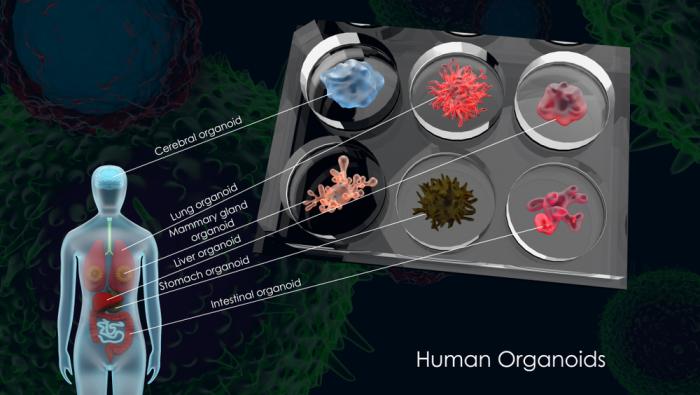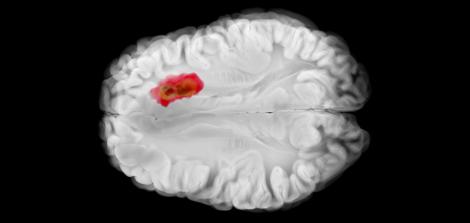Organoid

An organoid is a tiny, three-dimensional model of an organ, which is developed in the laboratory primarily for research purposes.
Various methods have been used to study the human body, some of which are very ancient. The Roman physician Claudius Galenus, who lived in the second century, dissected pigs, goats and other animals to learn about the body and understand how mammals and humans physically function. Today, we still use animal models to study diseases and test potential treatments before proceeding to clinical trials on humans. However, several problems plague the use of animal models. These include ethical concerns and significant anatomical and physiological differences between animals and humans.
Engineered and grown in a Petri dish, organoids provide an alternative research method that overcomes limitations caused by species differences between animals and humans. These miniature versions of human organs mimic some of the properties and functions of real organs due to their three-dimensional structure. Unlike traditional cell cultures, which are two-dimensional and may not fully replicate organ complexity, organoids offer a new model for studying human diseases and therapies.
Organoids can be engineered from various cell types, including stem cells, which are undifferentiated cells that have not yet developed into specific cell types in the body. Organoids enable researchers to study organ function, disease processes, and develop personalized medicine.
Last Updated Date : 03/08/2024







![A person standing at a beach next to a big wave [representing post-trauma]](/sites/dangoor-medicine/files/styles/card_image/public/articles/%D7%A4%D7%95%D7%A1%D7%98-%D7%98%D7%A8%D7%90%D7%95%D7%9E%D7%94.jpg?itok=PnJYP1wn)
